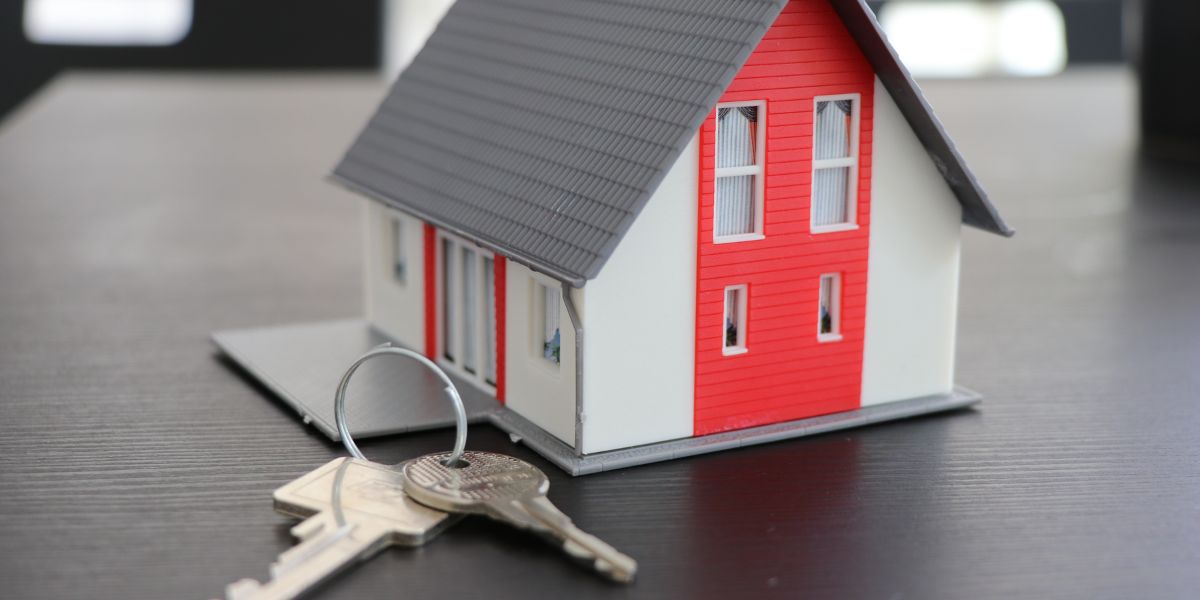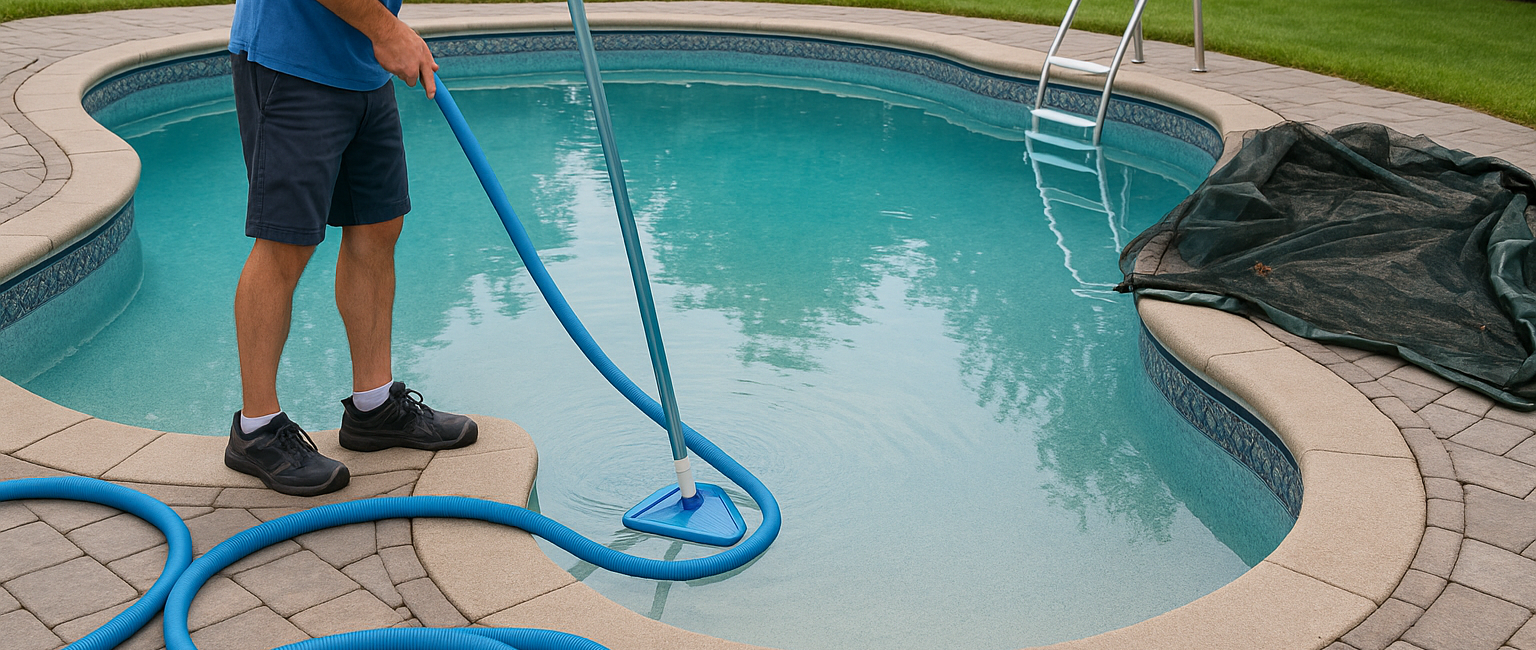Building an eco-friendly home involves using sustainable materials and practices to reduce environmental impact. Here, we explore key materials and techniques shaping modern green construction.
Sustainable Materials
Bamboo
Bamboo is rapidly renewable and has high tensile strength, making it a strong, flexible option for building. It is used for structural elements and flooring, reducing carbon footprint and enhancing energy efficiency.
Recycled Plastic
Recycled plastic is durable and low maintenance, suitable for outdoor applications like decking and fencing. It diverts plastic waste from landfills and reduces the demand for new plastic production, promoting a circular economy.
Hempcrete
Hempcrete, made from hemp fibers and lime, offers excellent insulation and is carbon-negative. Its lightweight and breathable nature contribute to healthier indoor environments, although it is typically used for non-load-bearing walls.
Mycelium
Mycelium, derived from fungal threads, grows on agricultural waste and can be molded into bricks and panels. It is biodegradable, fire-resistant, and enhances indoor air quality, presenting a unique eco-friendly building option.
Straw Bales
Straw bales are an affordable, renewable insulation material with high thermal properties. They also contribute to carbon sequestration and offer sound absorption, making homes more energy-efficient and quieter.
Engineered Cementitious Composite (ECC)
ECC, or bendable concrete, is a durable, flexible material with high crack resistance. It requires less maintenance than traditional concrete and reduces carbon emissions, offering a sustainable solution for resilient structures.
Eco-Friendly Building Practices
Site Orientation and Passive Design
Proper site orientation maximizes natural light and ventilation, reducing reliance on artificial heating and cooling. This passive design approach enhances energy efficiency and occupant comfort.
Energy Efficiency
Incorporating energy-efficient features like double-glazed windows and proper insulation can significantly reduce energy consumption. These measures not only lower utility bills but also minimize greenhouse gas emissions.
Use of Recycled and Reclaimed Materials
Utilizing recycled and reclaimed materials reduces waste and lowers costs. This practice supports sustainability by giving new life to materials that would otherwise end up in landfills.
Wrapping Up
Adopting sustainable materials and practices in home building is crucial for reducing environmental impact. From bamboo and recycled plastic to passive design strategies, these eco-friendly choices contribute to a greener future. For more on sustainable home building, visit uniformdevelopments.com.





